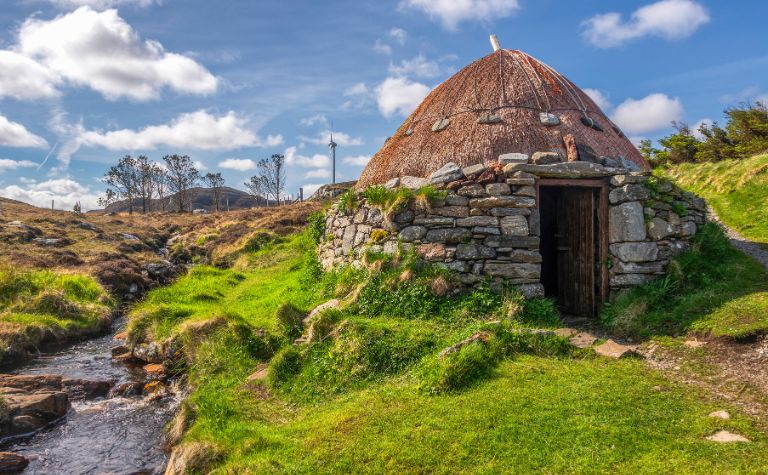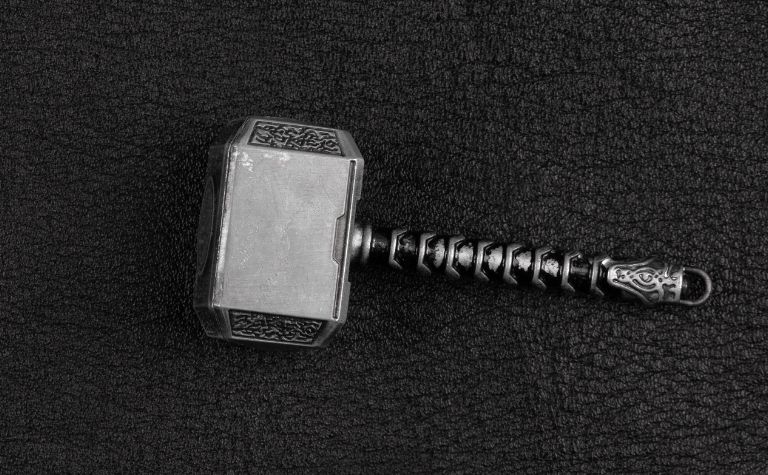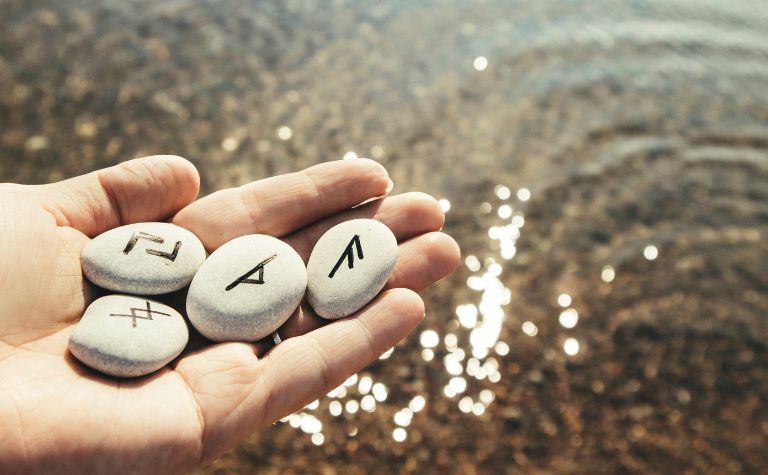Almost a thousand years after the decline of the Norse, their gods, and heroes are still ubiquitous across films and television screens around the world.
Norse mythology is among the most famous pre-Christian traditions, and its increasing popularity has sparked a revival of Old Norse religious traditions. [1]
Norse mythology is at least 1,500 years old. Although there is no clinching evidence, a case can also be made that it may go back as far as 3,000 years.
Because the Norse did not make a textual record of their beliefs, it is hard to date Norse mythology origins precisely.
This article will provide the most up-to-date information available on the origins of Norse mythology, explain the limitations in establishing more precise dates, and chart out a rough timeline for the rise and decline of the Norse civilization that birthed it.
Also, see Does Norse Mythology Have Demons? to learn more.

When Did Norse Mythology Begin?
The stories of Norse mythology convey the religious beliefs of the Norse people who lived in the Scandinavian countries – Norway, Sweden, and Denmark – more than a thousand years ago. [2]
These people did not write books, so it is impossible to mark precisely the historical origins of their civilization and belief systems.
Norse mythology only survives to this day because the Norse were some of the most avid seafarers of their age (or any other, for that matter).
Between the 9th and 11th centuries, they sailed to almost every corner of Europe, trading, looting, and colonizing distant lands. They even reached the Americas nearly five centuries before Columbus.
These famous Norse voyagers were known as Vikings: hence the era is referred to as the Viking Age. [3]
They left traces of their culture wherever they went. One of these Norse offshoots – a colony in Iceland – would later play a critical role in preserving Norse traditions.
Norse Mythology Was First Written Down in 13th-century Iceland
By the 13th century, many of the Norse had become Christians. Not just in France and England, many Norse descendants in Scandinavia, too, had accepted the new monotheistic faith.
Despite this, they sometimes retained divided loyalties and were happy to worship many gods. [4]
Previously, the Norse had passed on their traditions from generation to generation in the form of songs, poetry, and stories.
Left unchanged, their beliefs would have eventually been lost to time, like those of other ancient oral traditions.
Fortunately for the Norse, some of their descendants in Iceland went on to put these old stories down in text.
Thus, the Prose and Poetic Eddas, written in 13th-century Iceland, remain the oldest textual sources of the stories that make up Norse Mythology. [5]
The history of the settlement of Iceland dates these beliefs to the beginning of the Viking Age – at least the late 8th century. [6]
However, the stories contained in the Icelandic sagas also help evaluate older archeological finds in a new light.

Reliable Physical Evidence Dates to the 5th Century CE
Gold jewelry found at archeological sites in Sweden suggests that Norse beliefs were already widespread in the region by the 5th-century CE. [7]
The engravings on them depict important events from specific Norse tales. These include:
- The god Tyr’s arm was bitten off by the giant wolf Fenrir
- The god Baldr getting struck in the chest by a mistletoe-tipped arrow
- The god Loki looks on as Baldr is killed
These 5th-century engravings are the oldest physical evidence available for Norse mythology. However, the belief system may be much older.
Also, see What Are the Nine Worlds in Norse Mythology? to learn more.
Norse Mythology May Go Back 3,000 Years
Little is known about the origins of the Norse people. Before the 8th century, Europeans had little contact with them.
Although, some accounts suggest that Christian missionaries had attempted to gain converts in the region with little success for centuries before this.
In the absence of written records, the Viking attack on Lindisfarne – an Island off the English coast – marks the point at which the Norse entered history.
Of course, this doesn’t mean a fully formed civilization burst onto the scene one day in 793 CE.
DNA studies have also helped trace human migrations into Scandinavia over thousands of years. They confirm that the predecessors of the Norse migrated to Scandinavia over 3,000 years ago. [8]
These Bronze Age people had a sophisticated culture. They are thought to have built large ships capable of traveling to the Mediterranean. [9]
They also constructed long houses, similar to those of the Vikings, and may have crafted the horned helmets that are often wrongly attributed to Vikings. [10]
It is possible they may have been the first tellers of the Norse myths.
Scientific Evidence of Earliest Origins Is Tentative
There is some evidence that geological occurrences from 3,000 years ago may provide a basis for some of the events described in Norse myths.
Rocks tossed out of the ground by methane explosions may have inspired descriptions of fire giants emerging from the earth, for instance.
Burning rock columns, 328 ft (100 m) high, have been traced to the Nordic Bronze Age.
Likewise, some argue that the apocalyptic nature of Norse religion – conveyed in descriptions of Ragnarok, the Midgard serpent, and the wolf, Fenrir – can all be explained by the geological dynamics of their time and place. [11]
However, by their very nature, these arguments are speculative.
There is no textual evidence from the era backing these claims, and they can only be scientifically confirmed if clinching new archeological evidence turns up.
At best, they are calculated guesses made by knowledgeable experts and should not be quoted as fact.
Also, see What Is Blood Eagle? to learn more.

How Did the Norse Religion Die Out?
The Vikings were avid travelers and explorers. But they did not merely loot and pillage; in many places, Vikings established trading centers and relationships.
They even settled in distant lands, including parts of England and France, and – however, temporarily – Greenland and Newfoundland.
In many of the places they settled in, Vikings adopted local customs to better fit in with their neighbors.
They took on their styles of dress, their foods, their languages, and their religion.
Converting to Christianity was sometimes written into contracts establishing partnerships with existing regional powers.
In any case, as pagans, the Norse were used to worship many gods.
They did not have a monotheistic inclination toward one god. Over the centuries, most Norse people converted to Christianity.
In Scandinavia, the Lutheran faith was particularly successful at winning new adherents, an influence that lasts to the present day.
Also, see Where Do Vikings Go If Not Valhalla? to learn more.
References:
[1] Source
[2] Source
[3] Source
[4] Source
[5] Source
[6] Source
[7] Source
[8] Source
[9] Source
[10] Source
[11] Source
